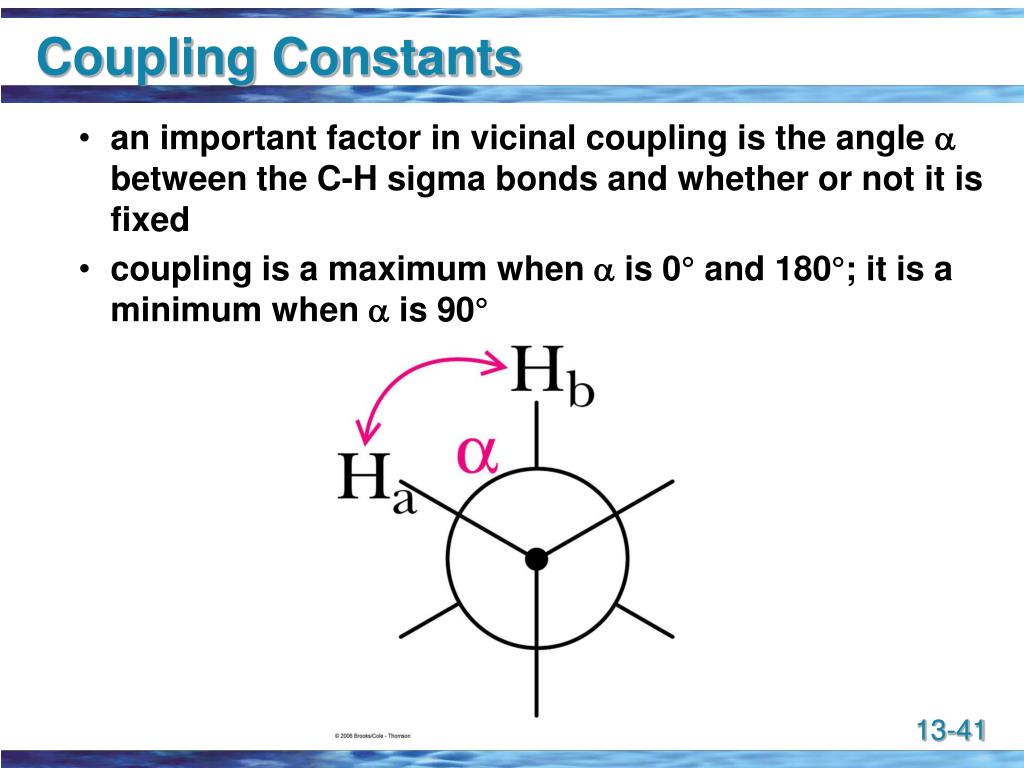

See below, the synthesized spectrum of the ethyl acrylate after having created two different systems system A (vinyl protons) in red, and system B (ethyl group) in green: The decomposition of a spin system into subsystems can be carried out in many molecules, and is, for example, the conceptual basis of the NMR spectroscopic data tables.

This decomposition of the spin system in two subsystems is possible because they are not connected in any way.

Other ‘subsystem’ is composed of the three remaining protons (those of the vinyl group), with three frequencies, c, d and e, and three coupling constants, Jcd, Jce and Jde. One ‘subsystem’, corresponding to the ethyl group, is composed of five protons with only two distinctive frequencies labeled a (the methyl group) and b (the methylene group), and only one coupling constant, Jab. However, even a brief study of this spin system suggests us a more elegant solution Why not treat this spin system as two ‘subsystems’? Moreover, you should introduce nine coupling constants as well. Once you have added a new system, you can change the population of the system by using the ‘Population’ edit box.Īs an example, consider the case of a small molecule, ethyl acrylate CH2CHCOOC2H5Īs you can see, a standard simulation of the 1H-NMR spectrum of this molecule would require eight frequencies to be introduced, one for each proton. In other words, a set of nuclei that are related through their coupling constants. A new system will be a fragment of the molecule that can be simulated separately since its protons do not interact with the rest. You can add several systems just by clicking on the ‘Add System’ button. You can see below the simulated spectrum of the ‘orto-dichlorobencene’ which is a AA’BB’ system: Finally click on the ‘Recalculate’ button to update the changes in the spectrum You can introduce ‘Dipolar’ or ‘Quadrupolar’ coupling constants and change the ‘number of nuclei’, ‘Spin’ and the ‘Line Width’ values by clicking and entering the desired values on the corresponding boxes. Once the spectrum is simulated, modify any value and obtain the new spectrum by clicking on the ‘Recalculate’ button. Finally select the number of points and the spectral limits and click on the ‘New’ button to generate the corresponding spectrum: Their coupling constants are J(AB) = 3Hz, J(BC) = 5.5Hz and J(CA) = 3.4Hz. For example, imagine 3 protons (3 spins Groups) called A, B and C, with chemical shifts 1, 5 and 7 ppm respectively. Simulate a spectrum by entering the desired values. This module of MestReNova is an efficient simulator for high resolution NMR spectra.įollow the menu ‘View/Panels/Spin Simulation’ or ‘Advanced/Spin Simulation’ which will display the corresponding dialog box:


 0 kommentar(er)
0 kommentar(er)
